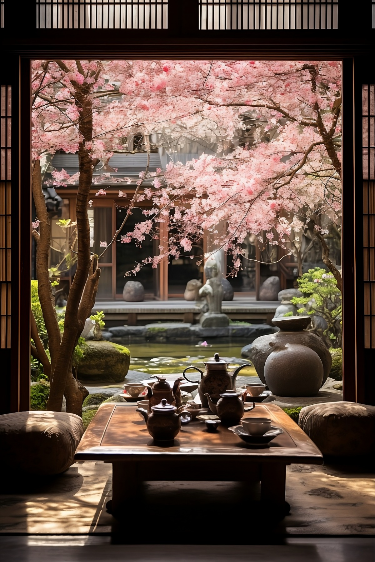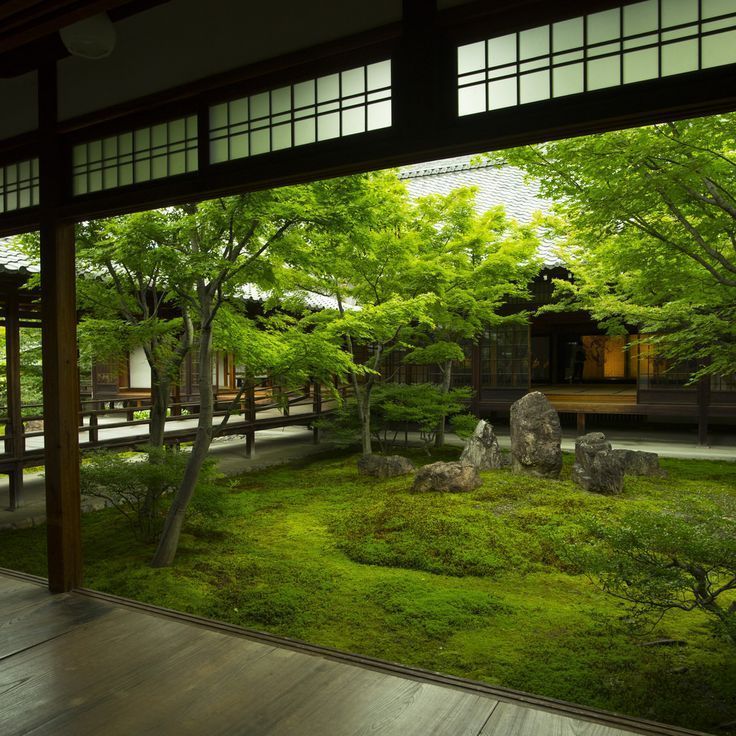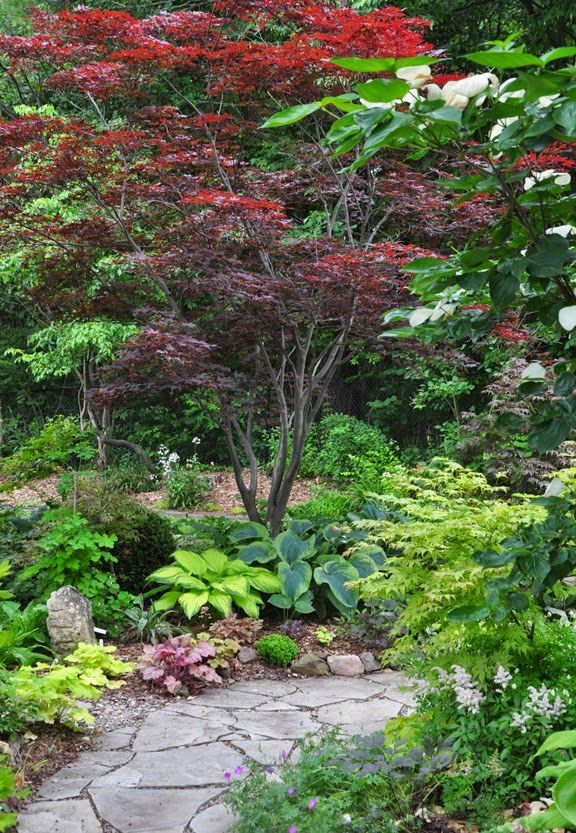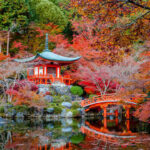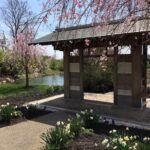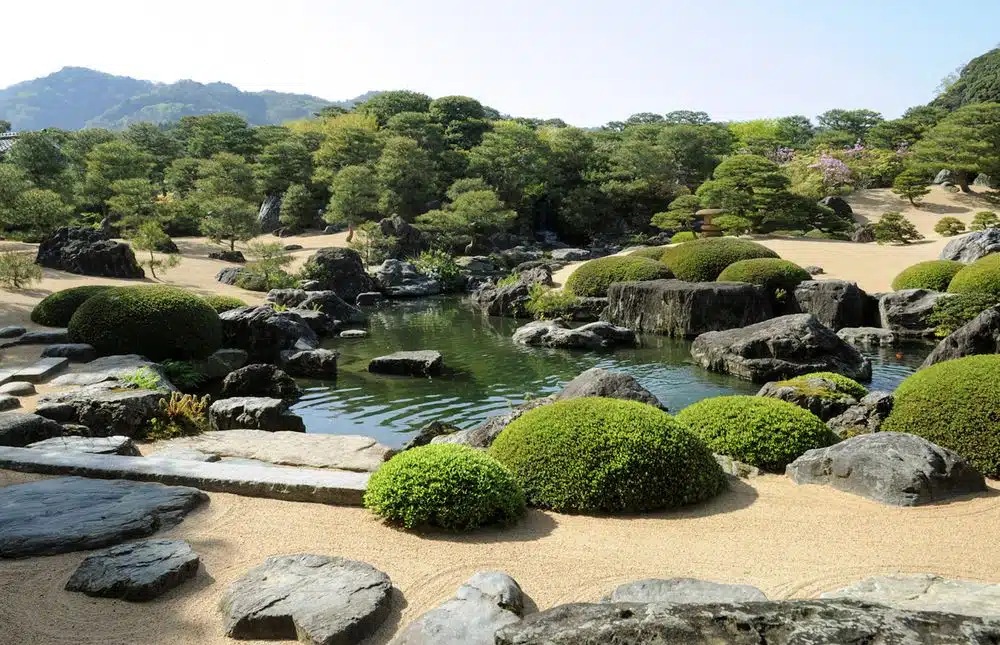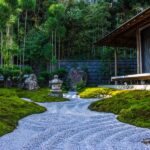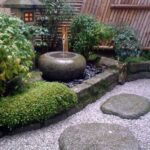Japanese gardens are known for their unique design and serene atmosphere. These gardens are carefully planned and meticulously maintained to create a peaceful and meditative environment for visitors. With a focus on balancing natural elements and creating a harmonious space, Japanese gardens have been admired and appreciated for centuries.
One of the key features of a Japanese garden is the use of water elements, such as ponds, streams, and waterfalls. Water is often seen as a symbol of life and renewal in Japanese culture, and is incorporated into the garden to add a sense of tranquility and movement. The sound of flowing water is believed to have a calming effect on the mind, making it a central feature in many Japanese gardens.
In addition to water elements, Japanese gardens also include carefully chosen plants and trees that are arranged in a natural and artistic way. These gardens typically feature a variety of plants, including evergreen trees, bamboo, and flowering shrubs. The arrangement of plants is meant to mimic the natural landscape of Japan, with an emphasis on creating a sense of balance and harmony.
Another important aspect of Japanese gardens is the use of stone elements, such as rocks, stepping stones, and lanterns. Stones are used to create pathways, define boundaries, and add a sense of stability and grounding to the garden. Lanterns are often placed strategically throughout the garden to provide soft, ambient lighting during the evening hours, further enhancing the tranquil ambiance of the space.
Japanese gardens are also designed to be enjoyed from multiple perspectives, with carefully placed viewing platforms and seating areas that allow visitors to take in the garden from different angles. These gardens are meant to be experienced slowly and mindfully, with each view offering a new and unique perspective on the natural elements that make up the space.
Overall, Japanese gardens are a beautiful and contemplative space that has been cherished for generations. By incorporating water elements, plants, stones, and carefully planned pathways, these gardens offer a peaceful retreat from the hustle and bustle of everyday life. Whether visiting a traditional Japanese garden in Japan or simply creating a small-scale version in your own backyard, the principles of balance, harmony, and mindfulness that define these gardens can help create a sense of peace and tranquility in any environment.
 yishifashion Where Outdoor Dreams Become Reality
yishifashion Where Outdoor Dreams Become Reality
